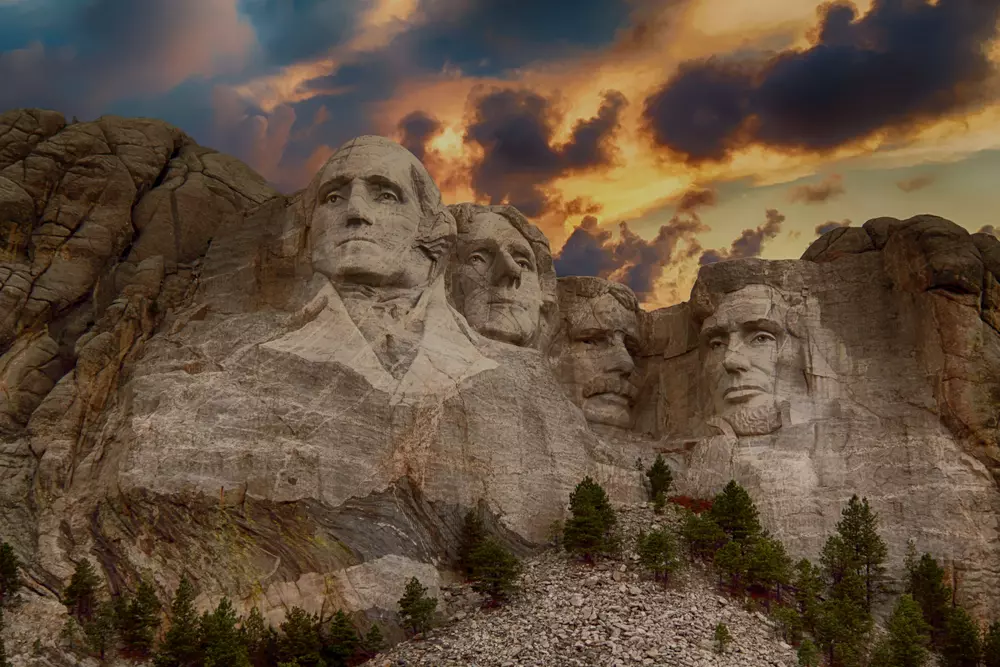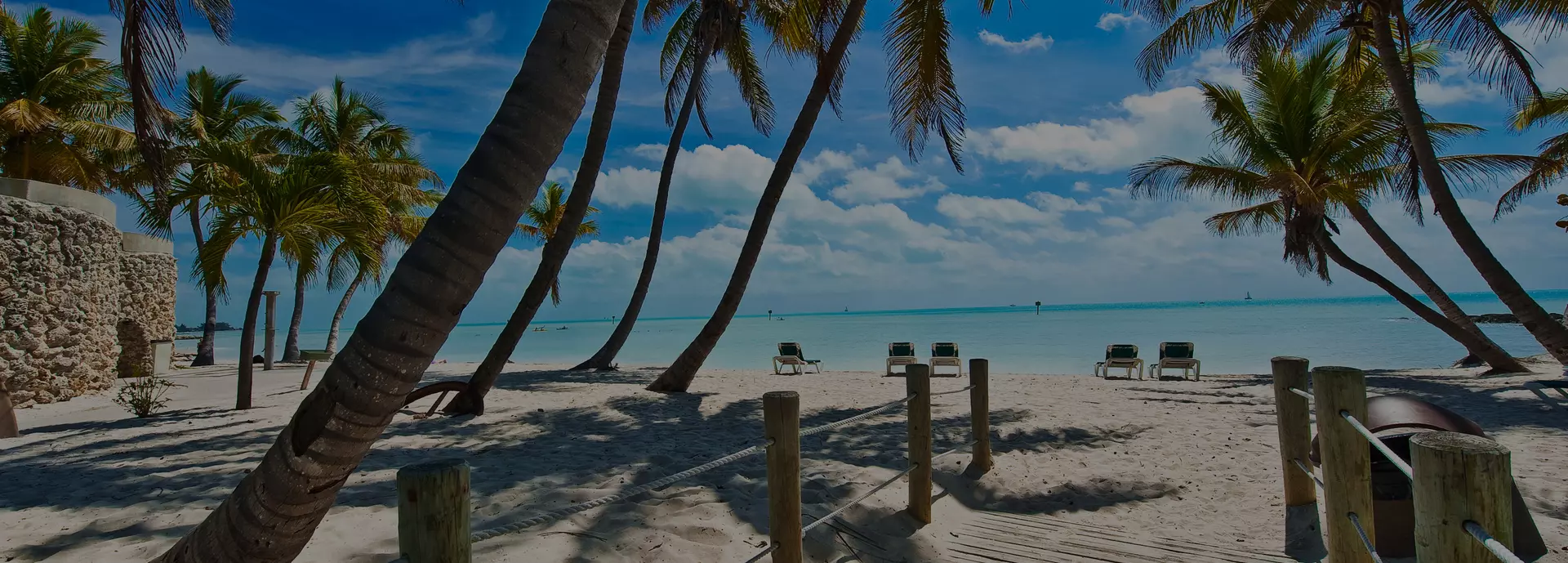The Success Story of John D. Rockefeller
Being a Rockefeller isn’t just about being rich. It also means having sharp wit, business acumen, and an unstoppable desire to grow and multiply capital.
Rockefeller has long become a household name. Everyone knows he was unimaginably wealthy and secured the future of many generations of his descendants, but few know how exactly he earned his fortune and fame. Time to fill in the blanks — all about John D. Rockefeller, his life, and, of course, his money.
John D. Rockefeller was the first U.S. dollar billionaire in human history. He lived a full 97 years (1839–1937), spanned two centuries, and established several core principles of American entrepreneurship. His children would go on to build the Empire State Building, as well as some of the world’s largest philanthropic centers and industrial landmarks. Read this article to find out what it means to be born a natural-born entrepreneur — in every sense of the word.

The Man Who Invented Big Money
Rockefeller was born into poverty, but he entered history as the first dollar billionaire. His name became synonymous with both immense wealth and philanthropy. He became a figure without whom the rise of American capitalism would be hard to imagine. So who was he — a ruthless tycoon or a visionary ahead of his time? Let’s explore with American Butler.
Childhood and First Steps Toward Wealth
John D. Rockefeller was born on July 8, 1839, into a poor family. His father was a trader, and his mother was a deeply religious woman. From an early age, he showed a passion for saving, putting away every cent he earned. As a teenager, he raised and sold poultry and small animals, worked in neighbors’ gardens, and even lent out money at interest from his savings — which sparked his early interest in entrepreneurship. He kept meticulous records of every income and expense in a little notebook, which he later credited as one of the keys to his success.
At 16, he got a job as a bookkeeper, and just a few years later, he launched his own grain trading company. But his real fortune lay not in agriculture, but in energy. In the mid-19th century, America was experiencing an oil boom — oil was used for lighting, and later as fuel and industrial raw material. That’s when Rockefeller realized: the future belongs to oil.
Academics didn’t come easily to him, and getting into college required great effort. But he soon realized that formal education wouldn’t bring the practical benefits he hoped for. So he dropped out to start earning money and launch his own business.
He changed several jobs — from an accountant to a trading company manager. But none of them could satisfy his curiosity or the desire to earn more.
The Birth of Big Business
By late 1858, Rockefeller noticed a growing demand for kerosene. People were using lamps more frequently, and the oil industry — the source of fuel for kerosene and other flammable products — was booming. Rather than join an existing company, he decided to explore oil fields on his own.
In 1870, John D. Rockefeller founded Standard Oil, hired a team of specialists, and successfully discovered several wells, developing one oil field after another. But unlike many other businessmen of his time, Rockefeller focused intensely on optimizing operations and implemented several innovations:
- He gave workers company shares instead of paying salaries to motivate them to grow the company’s capital;
- He expanded the workforce through mergers with other companies;
- He built relationships with communication and logistics firms, which helped solve production issues and positioned Standard Oil as a supply chain leader.
By the early 1880s, Standard Oil controlled over 90% of the U.S. oil market and had essentially monopolized the industry, streamlining operations across the refining sector. As industrial development progressed, the demand for fuel continued to rise — and so did Rockefeller’s profits.
Eventually, antitrust laws forced Rockefeller to break up the company into 34 smaller entities, but he still came out ahead. His and his family’s quality of life only improved. By that point, John D. Rockefeller was already a legend — and ironically, the value of shares in the new companies made him even wealthier.
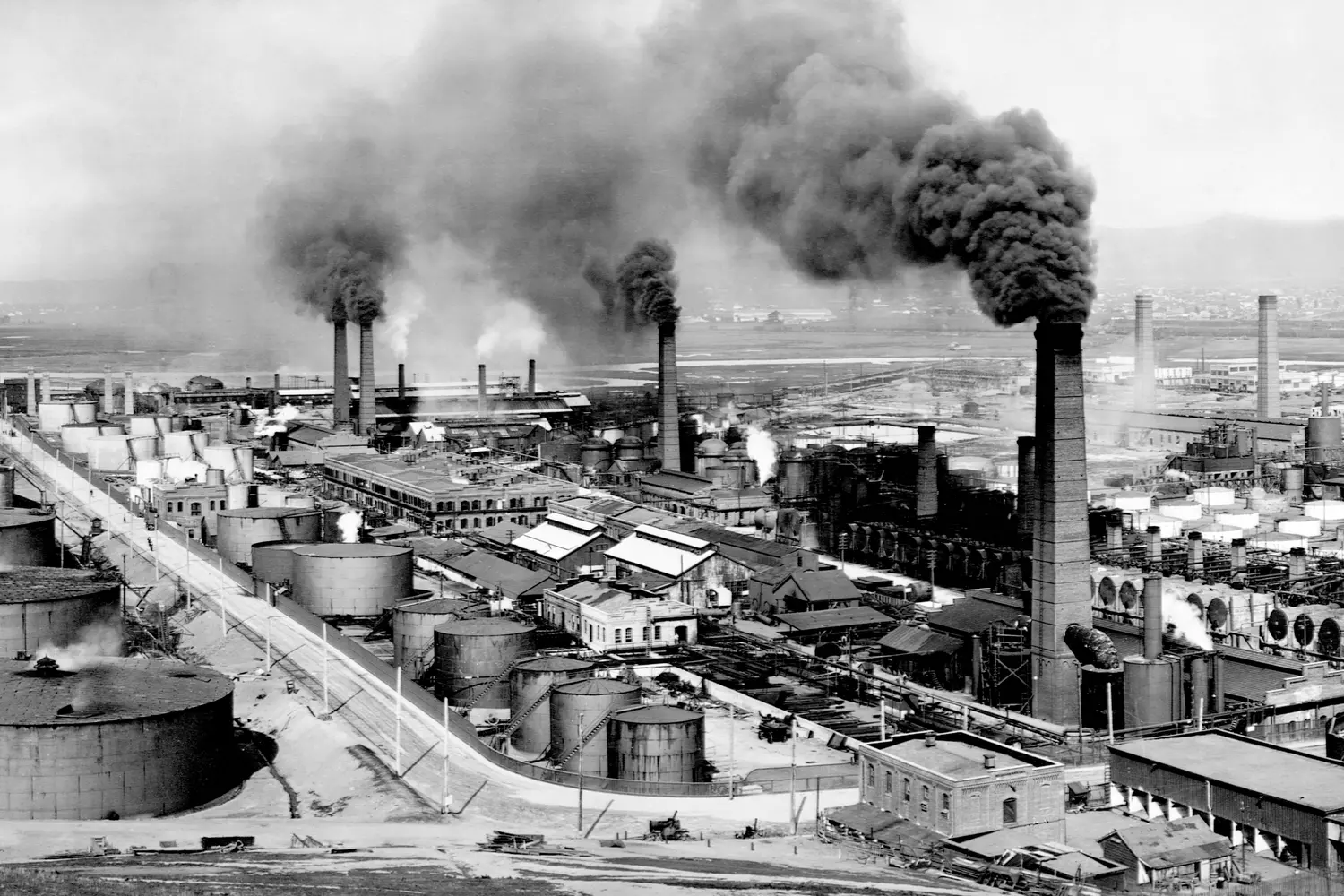
Partnership with Henry Flagler
The success of Standard Oil would not have been possible without another remarkable individual — Henry Morrison Flagler. He became Rockefeller’s first and foremost partner in the oil business. Flagler contributed not only capital, but also strategic thinking, which helped turn the company into a symbol of efficiency and market dominance.
- Flagler was responsible for organizing logistics, transportation, and the expansion of the refinery network;
- He proposed a vertically integrated structure — from oil extraction to retail sales;
- He insisted on centralized management and a phased acquisition of competitors — which allowed Standard Oil to become a near-monopoly.
This partnership became a textbook example of an ideal business alliance. Later, once the oil business was well-established, Henry Flagler shifted his focus to the development of Florida’s infrastructure, building railroads, hotels, and essentially creating the American South as a resort destination.
Without Flagler, there would be no Rockefeller — and vice versa. Their partnership proved that true wealth is built on trust, the ability to delegate, and a strategic vision.
Wealth That Became the Benchmark
By 1913, when Rockefeller retired, his fortune was estimated at $900 million. Adjusted for inflation, that's more than $400 billion today — more than any modern billionaire. In other words, John D. Rockefeller is considered the richest person in history. For comparison, the net worth of Bill Gates, often regarded as the wealthiest man of modern times, peaked at just $50 billion.
"I always tried to turn every disaster into an opportunity," said Rockefeller. Judging by his biography, he did so brilliantly.
Rockefeller and Philanthropy
As a devout Baptist, Rockefeller was never hesitant to give generously to charity. The fields of medicine and education were especially grateful beneficiaries — his funds established two universities, helped rebuild around 50 hospitals, supported educational programs for the poor, and created hospital aid foundations that played a key role during the world wars.
Critics often called Rockefeller a "ruthless capitalist". Yet even they couldn’t ignore his impact on society. As early as the 20th century, he began donating a significant portion of his wealth to philanthropy. He established:
- The University of Chicago — one of the most prestigious universities in the U.S.;
- The Rockefeller Foundation — still funding global medical and educational initiatives today;
- The Rockefeller Institute — a research center that played a key role in advancing 20th-century medicine.
In total, Rockefeller donated more than $500 million — an unprecedented sum for his era.
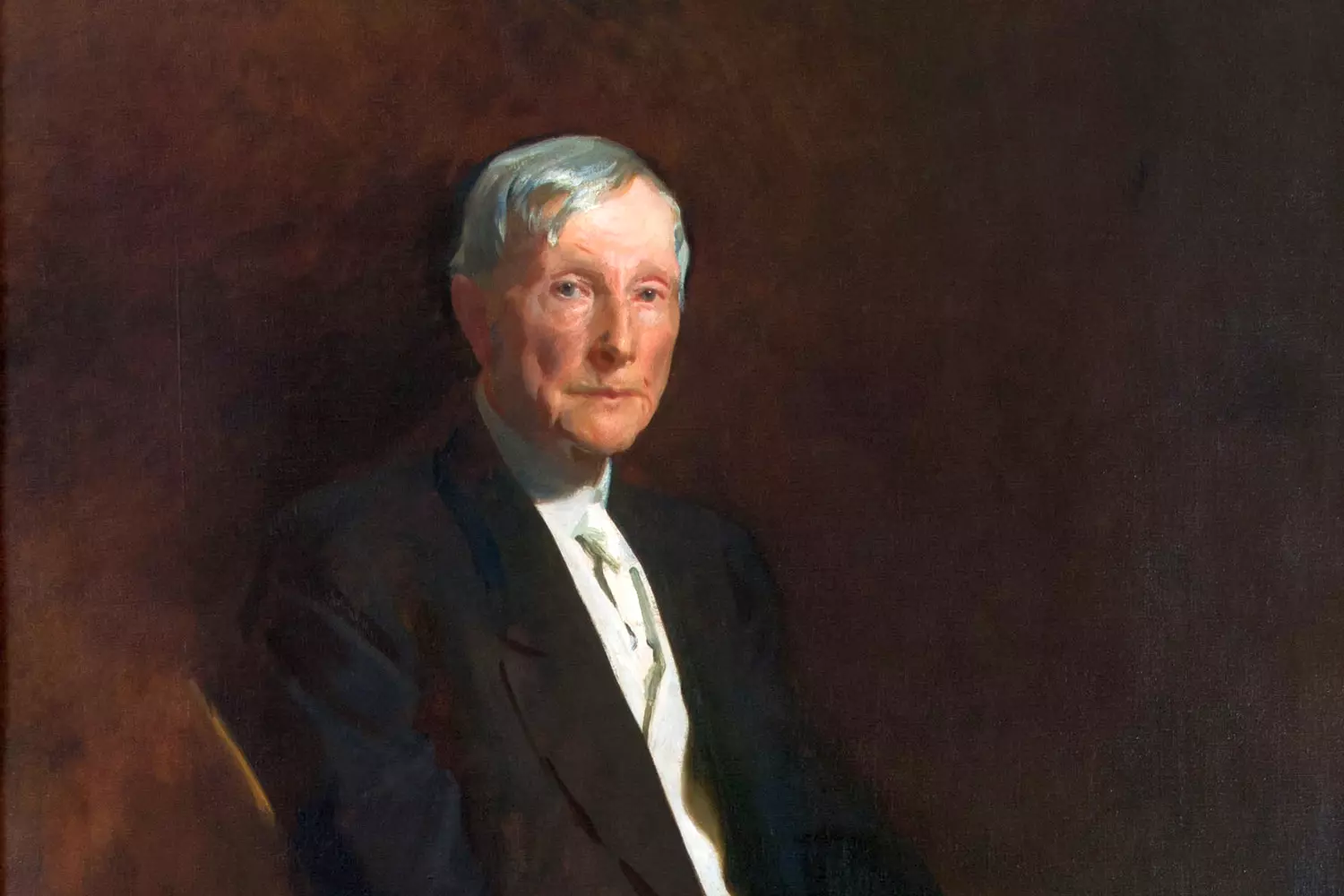
Family, Habits, and Personality
Despite his immense wealth, Rockefeller led a remarkably modest lifestyle. He disliked luxury, wore simple clothes, attended church regularly, and kept a personal journal. Rockefeller was a deeply religious man and married Laura Spelman early in life — their marriage lasted over 50 years. Family was one of his highest values.
He began losing his hair at a young age and later in life was rarely seen without his signature wide-brimmed hat. His morning walks, frugality in everyday matters, and calm speech became his trademarks. People used to say: "He’s the man who learned how to make money quietly."
Legacy and Lasting Influence
John D. Rockefeller died in 1937 at the age of 97. He outlived nearly all of his rivals and witnessed his creation become the foundation of the modern oil industry. Many companies that emerged from the breakup of Standard Oil are still around today — such as ExxonMobil and Chevron.
But most importantly, he became a symbol of the American Dream. His journey from a poor boy in the countryside to the world’s greatest businessman continues to inspire generations.
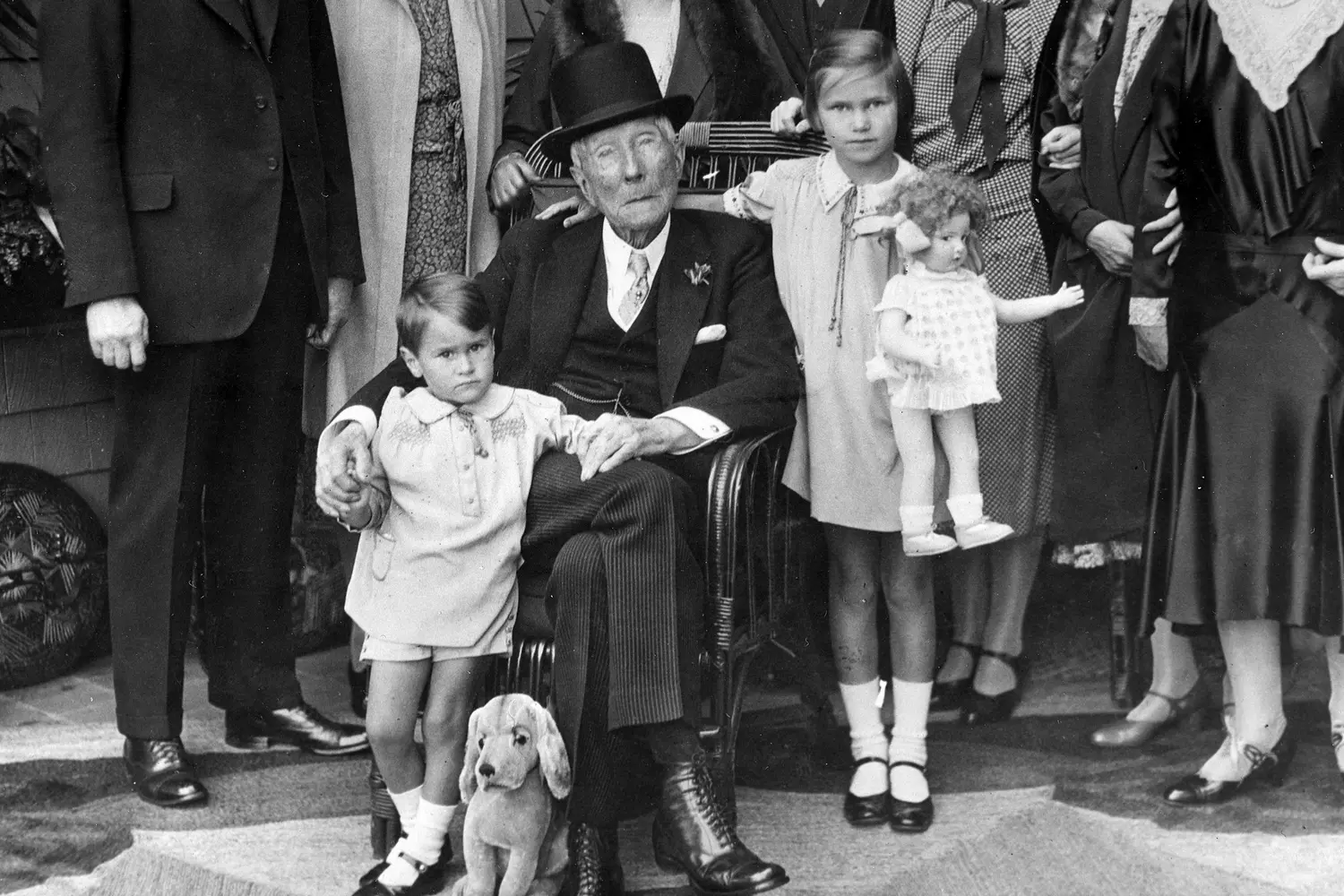
Want to Follow in Rockefeller's Footsteps?
Today, the Rockefellers are a symbol of wealth and luxury — people who transformed the mindset of entrepreneurs around the world and became icons of how to achieve success. And of course, exploring their “footprints” across the United States is well worth it — this is where architects truly spared no expense. Luckily, it couldn’t be easier: all you have to do is reach out to American Butler and tell us what you'd like to see.
We’ll assist not only with detailed trip planning, but also with transfers, accommodation, and many other elements for a perfect vacation.
Contact us — and we’ll organize a journey worthy of a billionaire.





























